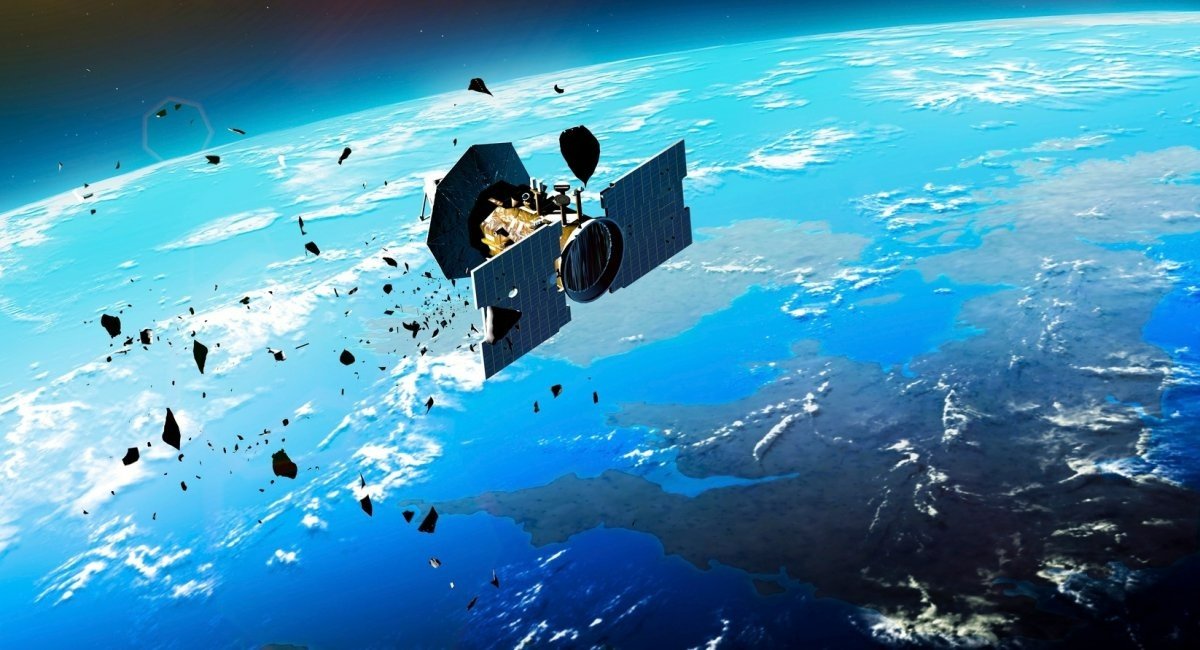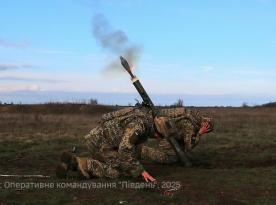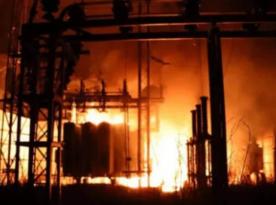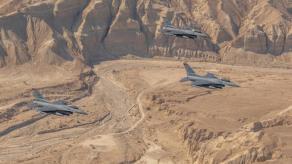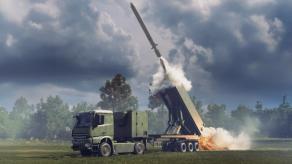Seeing the United States preparing to militarize space and launch its Iron Dome project, basically a repainted version of Reagan's Star Wars initiative but with Elon Musk, russian experts traditionally revived the talks about destroying all satellites in orbit altogether using a method as simple as shotgun pellets or even ordinary nails scattered around the Earth.
At first glance, the plan sounds plausible: send a Proton-M launch vehicle with 23 tons of splinters or lead balls into low Earth orbit (LEO) and let them scatter around making sort of artificial space debris that destroys all satellites.
Read more: How US Plans Use ‘Iron Dome’ to Conquer Space and Win All 21st Century Wars
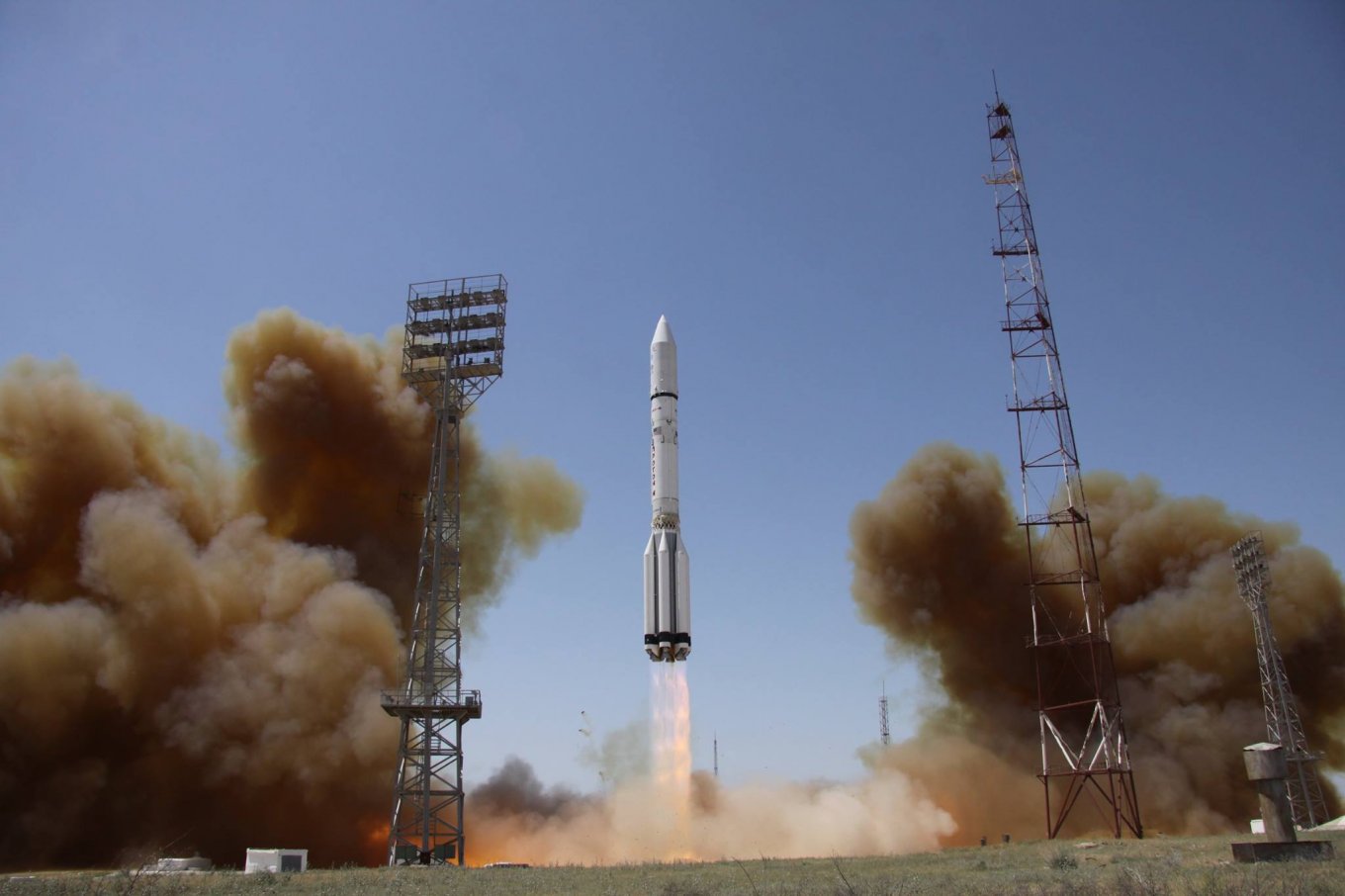
This idea has been around since the 1990s, carefully cultivated by connoisseurs of Soviet power. After all, it is supposedly a very simple solution that solves all problems, which the Americans happened to overlook.
However, this concept falls apart when it comes to banal calculations of the weight that needs to be launched into space. For maximum simplification, let us imagine a wall of pellets (lighter than standard nails) with a distance of one meter between them. It will also be as thin as possible, only one bead thick. Ideally, let's place it in a polar orbit with an inclination of 90 degrees. This wall has to cross the orbits of all other satellites and collide at high speeds, measured in kilometers per second to definitely guarantee the destruction of any satellite.
How big does this wall need to be? Height-wise, the lower limit of (LEO) starts from 400 km upward. The ISS cruises at an altitude of 400 to 420 km, the Starlink network satellites fall into the 550 to 570 km altitudes, and before they were introduced, the vast majority of satellites orbited at altitudes of 700 to 900 km. In general, low Earth orbit ends at an altitude of 2,000 km. About 85% of more than 10,000 satellites belong in LEO.
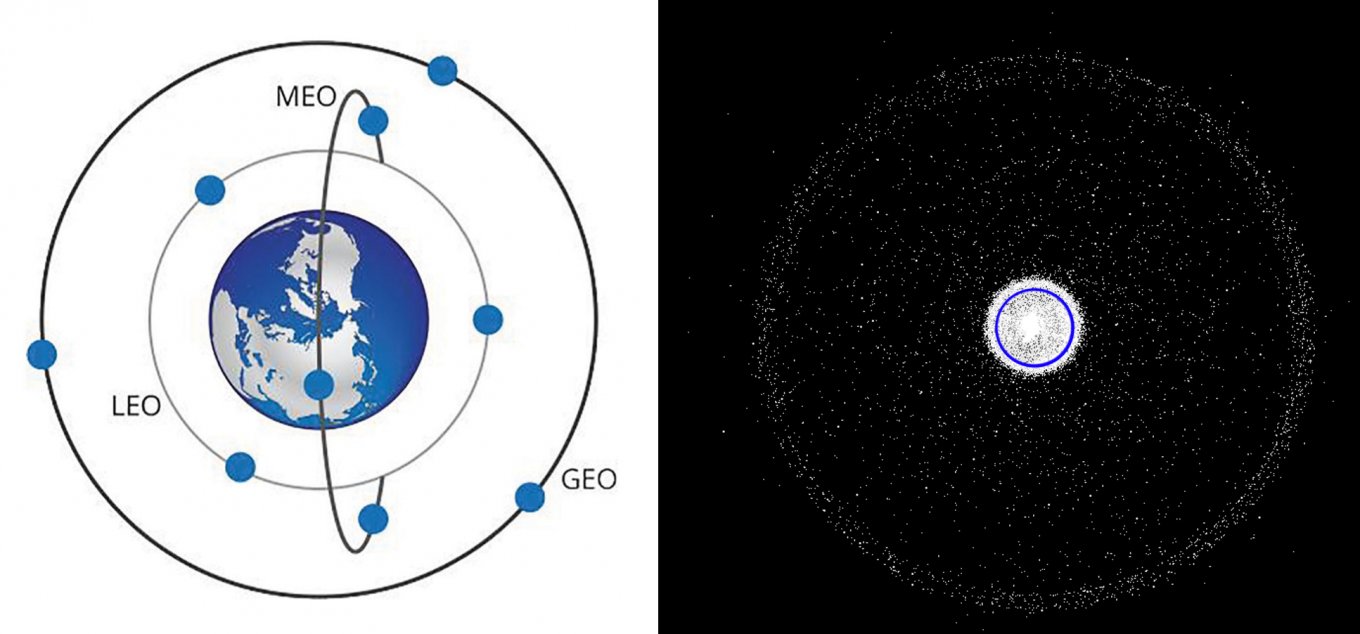
Farther above, the medium orbit (MEO) begins, where GPS satellites travel at altitudes around 20,000 km, for example. The MEO is the least populated with approximately 3% of all satellites present. It stretches all the way up to 35,756 km, the "border" of geosynchronous orbit (GEO), where about 12% of satellites are harbored.
Even if we simplify the task to the utmost and consider disabling only LEO, russia would need to deploy a debris wall 600 km high. Now it's time for a quick math: if we estimate the wall's width as 600 km – only 1,37% of the length of a circular orbit at 600 km altitude – and place the metal balls one meter from another, 400 billion pellets will be needed. Using the standard lead fraction No. 0 (diameter - 4.25 mm, weight - 0.457 grams), the compound load will weigh 164,520 tons.
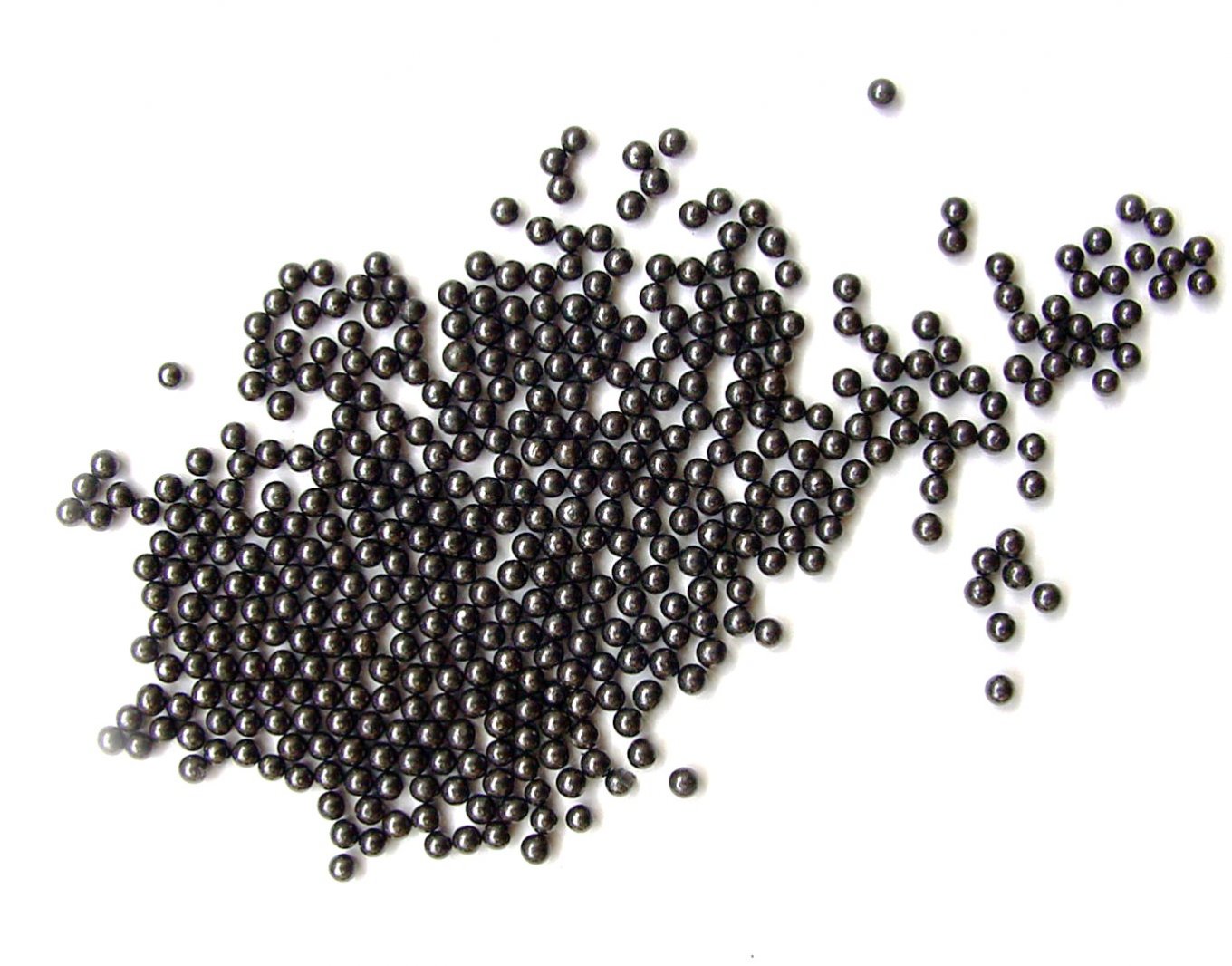
To deliver such a mass into space, russia would need to launch 7,153 Proton rockets (provisional calculation). For measure: only 428 launches have been carried out in total since its first flight in 1965. That is not to mention the peculiarities of entering into polar orbit, the challenge of scattering the debris as intended, and other issues related to building an ideal wall one grain thick and with equal single-meter intervals. In reality, if anyone were to try implementing this plan, the fragmentation would disperse with uneven density and start to leave their orbits relatively quickly.
That said, the Kessler Syndrome should also be mentioned. In this theoretical scenario, the collision of spacecraft and debris creates even more debris, which turns even more spacecraft into debris, snowballing until everything becomes space debris. Surely, it shouldn't be ruled out as a factor that would technically help the effort but its unpredictable nature leaves the question of how long it would take to have an effect.
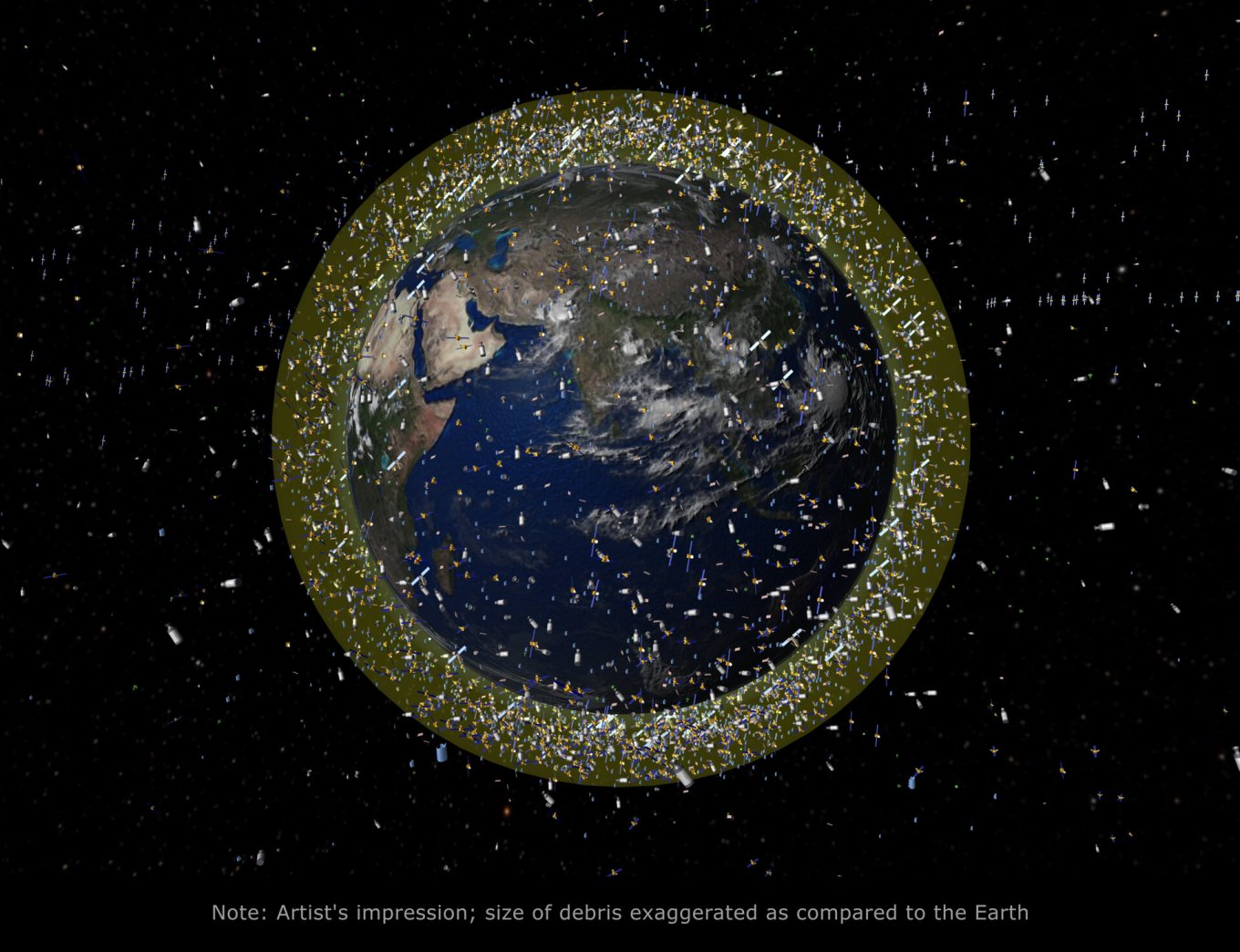
Anti-satellite weapons, in the first place, must be able to neutralize all enemy spacecraft within a relatively short time, not rely on an irreversible process that leaves the orbit entirely unusable for years or decades to come.
That is why even nuclear weapons cannot help much. Although the American experiment Starfish Prime with nuclear explosions in space did render satellites incapacitated, this happened as a result making them repeatedly pass through a radioactive field until their electronic systems gradually degraded. This was not an instant effect and therefore does not fit the space blitzkrieg tactic either.
Read more: Satellite Armed with Nukes is Already Being Tested in russia, to Turn Space Orbit into Debris Graveyard



